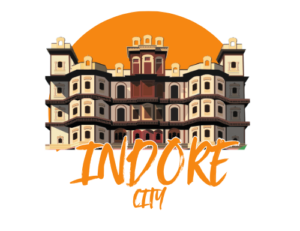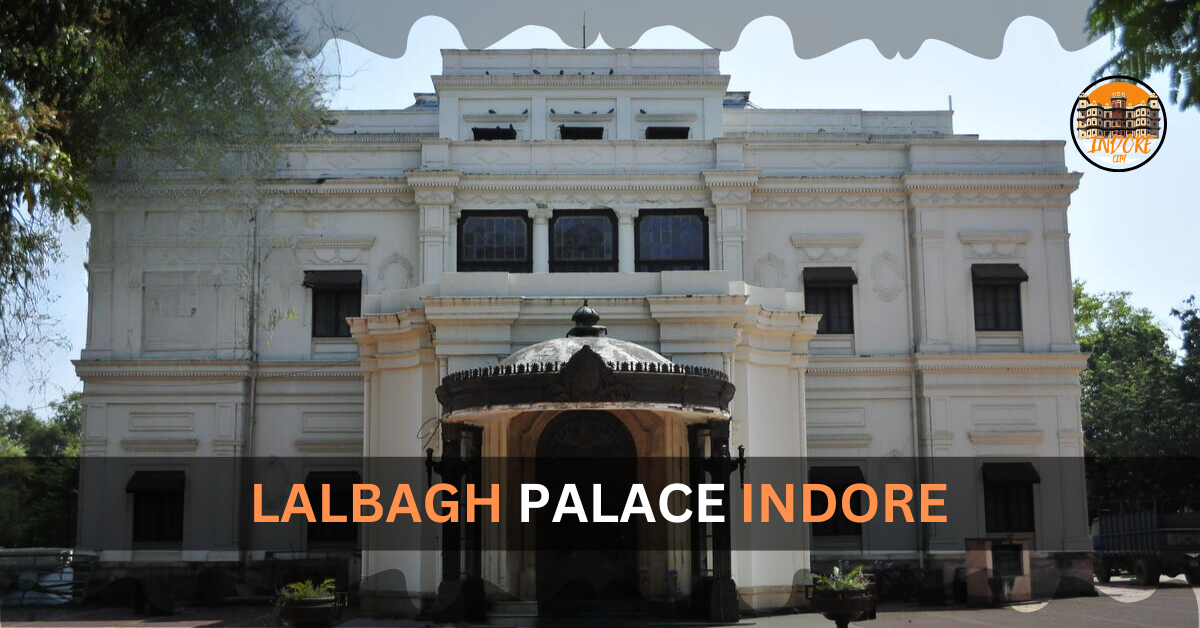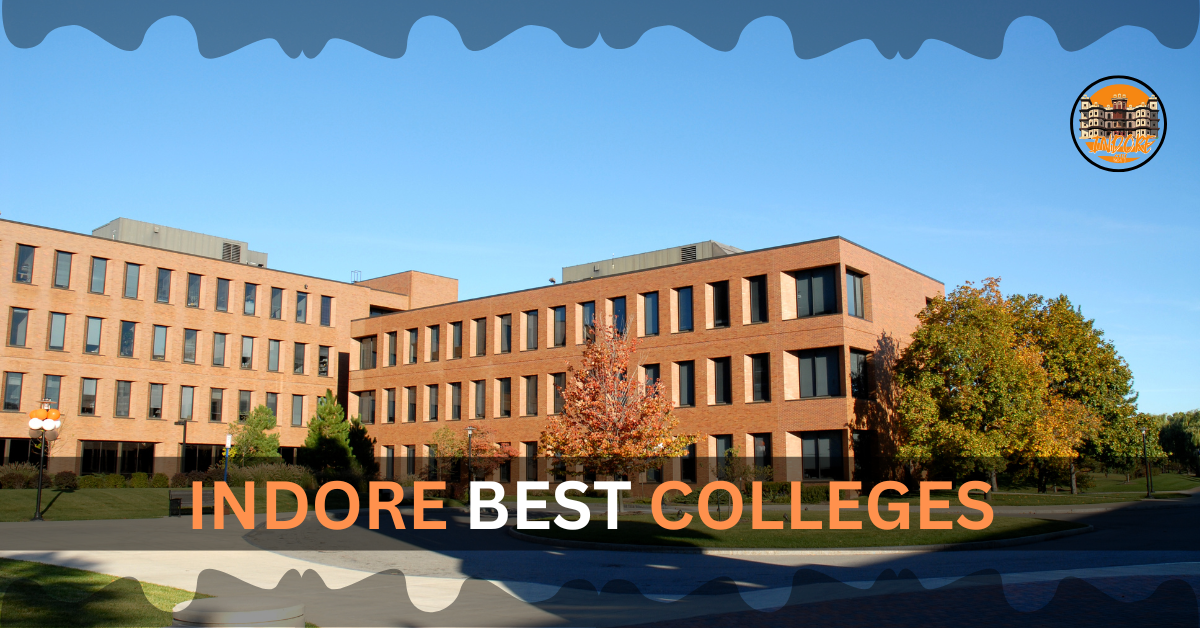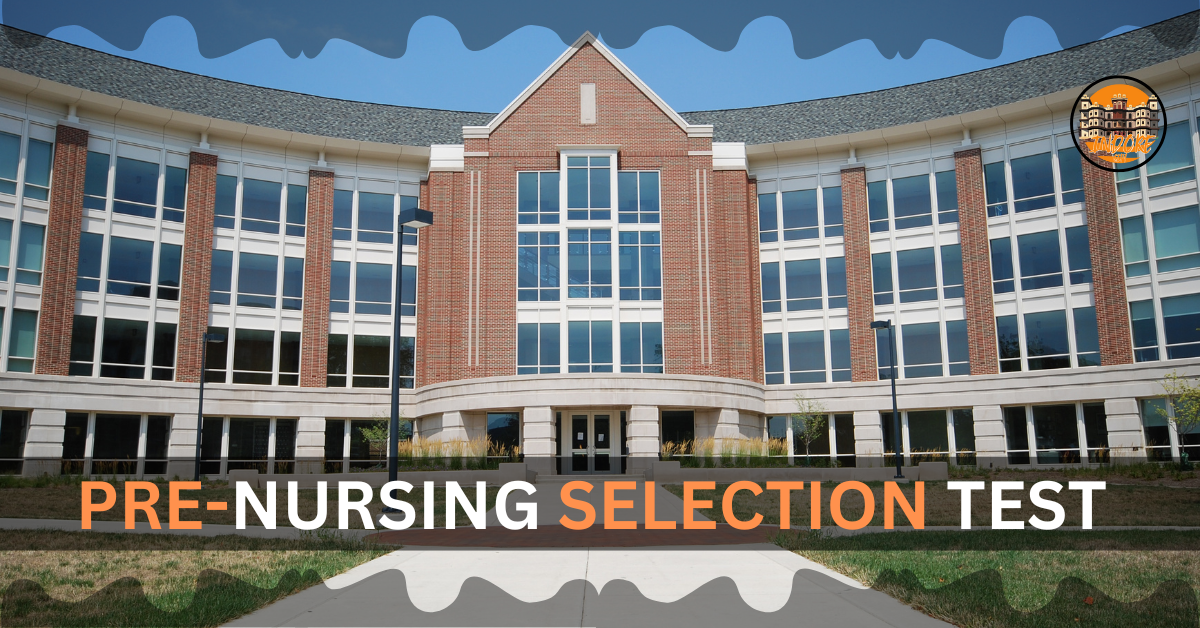Table of Contents
ToggleIndore Lalbagh Palace
Situated on the left bank of the Saraswati, in the heart of Indore, the Lalbagh Palace stands as a testament to the vibrant history and cultural legacy of indore (Madhya Pradesh). lal bagh palace Spread across 76 acres, the construction of the 45-room palace happened in three phases.
Palace Lalbagh Constructed in the Italian Renaissance Revival architectural style, it formerly featured a 17-acre rose garden. Triggs of Calcutta designed the main gates, which are fashioned after those at Buckingham Palace. Covering a vast area, this architectural wonder was built during the periods of Shivajirao (1886–1903 AD), Tukojirao II (1844–46 AD), and Tukojirao III (1903–1926), the Holkar kings. Tukojirao III lived in the palace until his death in 1978, even after he abdicated in 1926. It thereafter experienced changes until becoming the Nehru Centre, an epicentre for science, technology, and the arts.
This article will discuss the Lalbagh Palace’s cultural relevance, architectural beauty, and historical development. We will also look at how the palace changed into the Nehru Centre and how it became a hub for creative and intellectual pursuits.
Story to Lalbagh to Lal Bagh Palace Indore
The very roots of Lal Bagh Palace trace back to its enchanting gardens. Constructed in 1844, the garden comprised 17 sectors, one of which housed a rose garden boasting around 400 varieties of red roses. It was this lush rose garden that bestowed the name “Lalbagh” upon the palace. A decade later, in 1854, as the construction of the palace commenced, the name Lalbagh Palace became synonymous with the architectural gem.
Indore Lal Bagh Palace: A Royal History Unfolded
Lal Bagh Palace not only is awe-inspiring with its architectural splendour but also boasts a beautiful historical tapestry that weaves together the tales of the Holkar Dynasty. Explore the historic marvels that comprise Lal Bagh Palace a living history of the past
1. Royal Residency History – It was requested from Maharaja Shivaji Rao Holkar in the late 19th century, Lal Bagh Palace served as the official residence of the Holkar rulers. The construction of the palace lasted for many decades, and subsequent rulers contributing their own pieces to create an elegant palace that is a reflection of the development in the area.
2. As a witness to the Royal Celebrations The palace was the site of many royal ceremonies, celebrations and gatherings. From lavish weddings to grand celebrations The courtyards and halls in Lal Bagh Palace were witness to the grandeur and splendor in Holkar’s Holkar court. The palace’s exploration allows visitors to experience the life that the royalty wore and experience the splendor of these historical celebrations.
3. Architectural Evolution: As the successive rulers put their stamp on Lal Bagh Palace, the structure of the palace is apparent. styles ranging in Indo-Gothic and Persian influences show the shifting styles and tastes among the Holkar rulers through the ages. The historical layers make the palace an interesting research into the architectural history.
4. Cultural Heritage Repository Lal Bagh Palace, with its huge collection of paintings, artifacts and sculptures, functions as a repository for the cultural heritage of Holkar Dynasty. Every piece tells a story and preserves the memories of an earlier time. The palace itself is an open-air museum, allowing visitors to be immersed in the rich culture from central India.
5. Restoration and Preservation efforts In recent times an effort has been put into restoring and preserving Lal Bagh Palace, ensuring the importance of its history for the next generation. The restoration efforts have not been solely been focused on preserving the structural integrity, but also on displaying Lal Bagh Palace as an emblem for the historical significance of the region.
6. Expansive Estate: Lal Bagh Palace sprawls over an impressive 72 acres, with the majestic building occupying 4 acres of this vast estate. Constructed collaboratively by three kings – Holkar Tukojirao II (1844-1886 AD), Shivjirao (1886-1903 AD), and Tukojirao III (1903-1926 AD), the palace is a testament to the collective vision of these rulers.
7. Legacy Beyond Abdication: Even after his abdication in 1926 AD, Tukorao III continued to reside in Lalbagh until his demise in 1978.
8. Transformation into a Museum: After Maharaj’s death in 1978, Lal Bagh Palace remained closed for a decade and was eventually transformed into a museum in 1988.
Lal Bagh Palace, with its blend of architectural splendor and historic significance, is an expression of the strength and splendor of the Holkar Dynasty. It invites guests to dig into the past and experience the enthralling story of an earlier era; each pillar and corridor is a relic of the past.
Lal Bagh Palace: A Tapestry of Architectural Wonders
Lal Bagh Palace stands as an ode to the architectural excellence of the time. The impressive and magnificent palace effortlessly integrates European and Indian styles of architecture, creating an extraordinary and enchanting design. Let’s take a closer glimpse of the architectural beauty which awaits you.
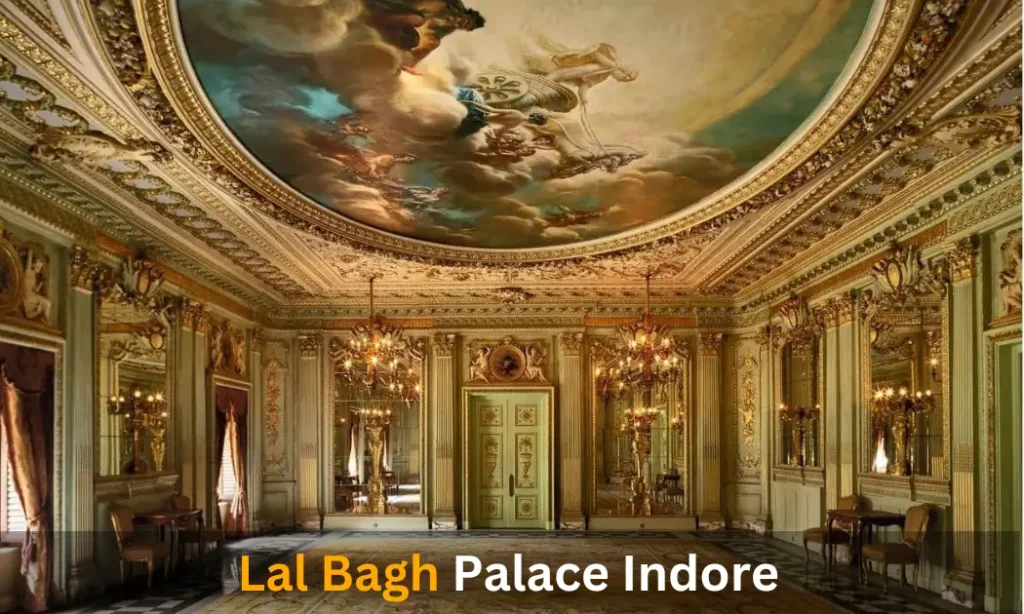
- Indo-Gothic Influence: The main feature of the palace is Indo-Gothic architectural style which was a style that came into fashion in the British colonial period. The style is characterised by pointed arches as well as ribbed vaults and soaring buttresses Indo-Gothic design is evident on the façades, windows and doors. The intricate details of these structures reflect the fusion of cultures that define the style of the palace.
- Lalbagh Gate: As you step into Lal Bagh, the grandeur begins at the entrance itself, marked by the Lalbagh Gate. This majestic gate, crafted from wrought metal, was imported from Britain. What makes it even more intriguing is that it is a faithful replica of the Buckingham Palace Gate, an iconic structure in Britain. The journey of this gate is a fascinating tale – it traversed the seas to Mumbai and then made its way to Indore by road.
- Italian Marbles and Ornate Details :On entering the building the room, one is instantly amazed by the lavishness of Italian marble floors and the intricate detailing that graces the interiors. Elegant carvings, intricate stonework and beautifully crafted archways display the wealth and workmanship of the time. Every room tells a story of elegance and luxury.
- Durbar Hall: The Durbar Hall, which is an important part of the Palace, can be an amazing area. With its imposing ceiling, intricate chandeliers, and elegant furniture, the hall was used as a location for grand gatherings or royal events. The architectural splendour of the Durbar Hall transports visitors to the past, a time of royal splendour.
- Persian Influence:In addition to the architectural splendour The palace is also adorned with elements influenced from Persian design. Elegantly designed carpets, intricate tapestries, as well as Persian themes are scattered throughout the palace. They reflect the influence of the world around the preferences and tastes of those who were the Holkar rulers.

Special Features of Indore Lalbagh Palace:
Lal Bagh Palace, beyond its architectural grandeur and historical significance, houses several unique features that contribute to its charm and mystique. Explore the distinctive elements that make Lal Bagh Palace a multifaceted gem.
- Enchanting Dancing Floor:
The palace boasts a vast dancing floor crafted from wood, creating an ambiance fit for royal revelry. Within a spacious hall, grand ball dances once echoed, accompanied by a remarkable feature—a vibration of approximately 3 inches. This unique dance floor incorporated an ingenious up-and-down mechanism, ensuring a smooth and tireless experience for the participants.
Royal Tiger Trophies:
Lal Bagh Palace preserves a captivating collection of trophies from tiger hunts undertaken by Maharaja, Maharani, and Princesses. As you explore, you’ll encounter numerous tigers, each with a storied history. Notable among them is a majestic tiger hunted by Prince Vasantraulkar in 1923. Even after his demise, a London company skillfully preserved the tiger through taxidermy. One of the largest specimens, measuring an impressive 13 feet, stands as a testament to the regal tradition of tiger hunting. Another tiger, shot by a Prince in 1921, remains preserved, showcasing a history that spans over a century.
Ancient Temple and Stepwell:
Amidst the opulence of Lal Bagh Palace lies a small but ancient temple, dating back to the 1700-1800 century. This sacred space adds a spiritual dimension to the palace, offering a glimpse into the historical tapestry of the region. Additionally, a deep stepwell complements the temple, providing both practical utility and architectural intrigue.
Exhibition Gallery:
Ascending to the upper floor of the palace unveils an exhibition gallery that offers a visual journey through time. Photographs of the Maharajas adorn the gallery, transforming what were once the bedrooms of the Prince into a captivating showcase of royal history. The upper floor provides an expansive view, allowing visitors to explore the rooms that once housed the Maharaja and the Queen, offering a glimpse into the regal lifestyle of that era.
Statues of Historical Significance:
Outside the palace, two statues command attention. The statue of Queen Victoria, transported from Jabalpur in 1992, stands as a tribute to historical connections. Additionally, the statue of Robert Hamilton, the former Governor of Indore during the British Government, was brought from Indore city and is displayed at Lal Bagh Palace.
Lal Bagh Visitor's Guide:
- Gardens and surrounding areas This palace has well-maintained grounds which are ideal for strolling around. Enjoy the scent of the flowers that are blooming and enjoy the tranquility of the Saraswati River nearby. The gardens are a great background for photographers.
- Special Events and Exhibitions Lal Bagh Palace often hosts special events and exhibits that highlight the rich heritage of culture in the region. Make sure to check the schedule prior to your visit to ensure that it coincides with current events, bringing an unforgettable cultural experience to your trip.
- Accessibility The palace is accessible using a variety of modes of transport. It doesn’t matter if you’re taking taxis from your local area or taking public transportation, getting to Lal Bagh Palace is convenient. The well-marked signage in the city will direct you straight to this historic jewel.
- Photography and souvenirs Photographers will discover numerous captivating subjects within the palace as well as its surroundings. Be aware of the designated areas in which photography is allowed. Also, don’t forget browse the gift shop on site for items that will capture what is unique about Palace.
Lal Bagh Palace, Indore Ticket Price
Visiting the illustrious Lal Bagh Palace in Indore is a journey into the rich history of the Holkar Maharajas. To experience the grandeur of this architectural marvel, visitors are required to purchase tickets. As of the latest information, the ticket prices are as follows:
- Adults: Rs. 20
- Children (5-12 years): Rs.20
- Foreigners Rs. 400
- Photography and Videography (Unprofessional) without stand Rs. 250
- Photography and Videography (professional) with stand Rs. 400
Please note that ticket prices are subject to change, and it’s advisable to check with the official Lal Bagh Palace authorities for the most up-to-date information.
Lal Bagh Palace Indore Timings
Exploring Lal Bagh Palace requires careful planning, and being aware of the visiting hours is crucial for a delightful experience. As of the latest schedule, the operational timings for Lal Bagh Palace in Indore are:
- Tuesday to Sunday: 10:00 AM to 5:00 PM
- Monday : Closed
It’s essential to consider these timings while planning your visit to ensure that you have ample time to explore the palace and its captivating surroundings.
Lal Bagh Palace Address
- Locating Lal Bagh Palace – Nai Duniya, Revenue Colony, Indira Nagar, Indore, Madhya Pradesh 452007
- Contact Number – 1800 233 7777
Conclusion
Situated on the left bank of the Saraswati, in the heart of Indore, Lal Bagh Palace stands as a testament to the vibrant history and cultural legacy of Indore, Madhya Pradesh. Spread across 76 acres, the construction of the 45-room palace happened in three phases.
Constructed in the Italian Renaissance Revival architectural style, Lal Bagh Palace formerly featured a 17-acre rose garden. Triggs of Calcutta designed the main gates, fashioned after those at Buckingham Palace. Covering a vast area, this architectural wonder was built during the periods of Shivajirao (1886–1903 AD), Tukojirao II (1844–46 AD), and Tukojirao III (1903–1926), the Holkar kings. Tukojirao III lived in the palace until his death in 1978, even after he abdicated in 1926. It thereafter experienced changes until becoming the Nehru Centre, an epicentre for science, technology, and the arts.
Reference site –
- https://www.architecturaldigest.in/story/how-the-lal-bagh-palace-of-indore-was-brought-back-to-life/
- https://www.wmf.org/project/lal-bagh-palace
